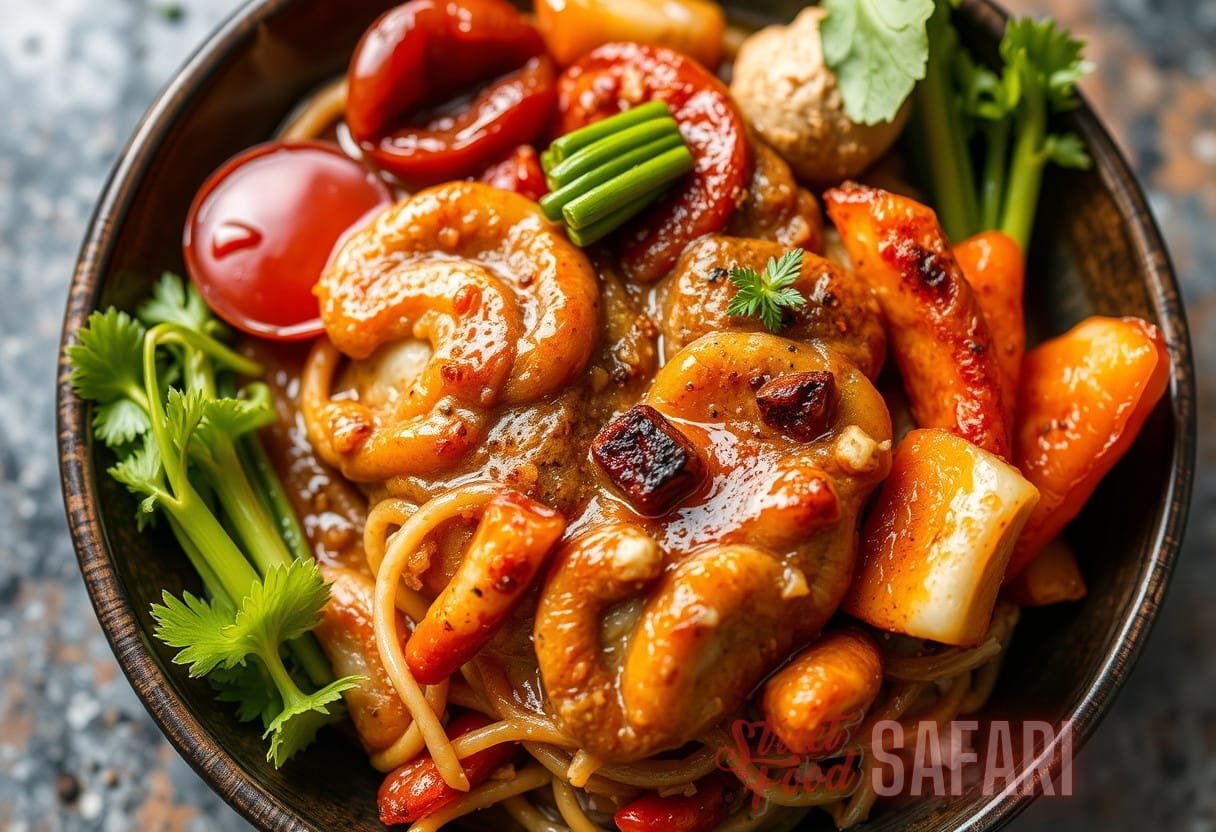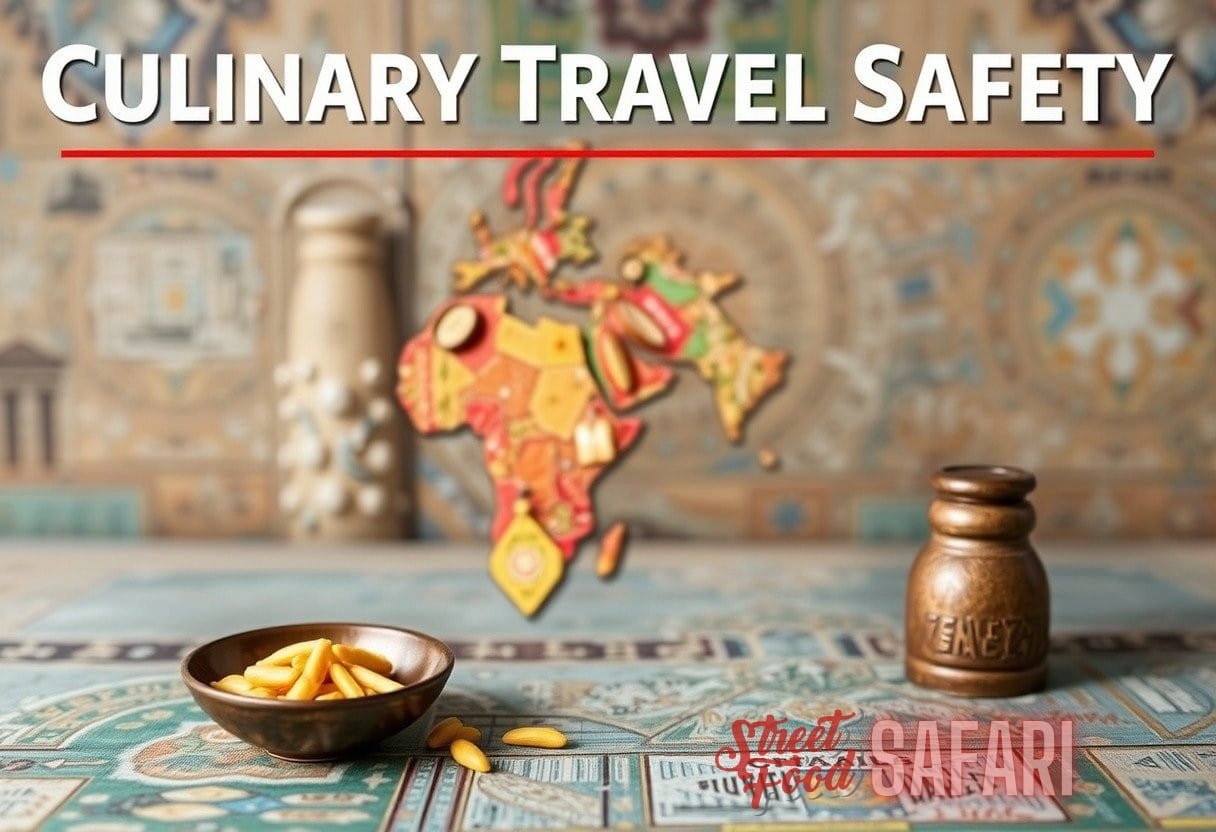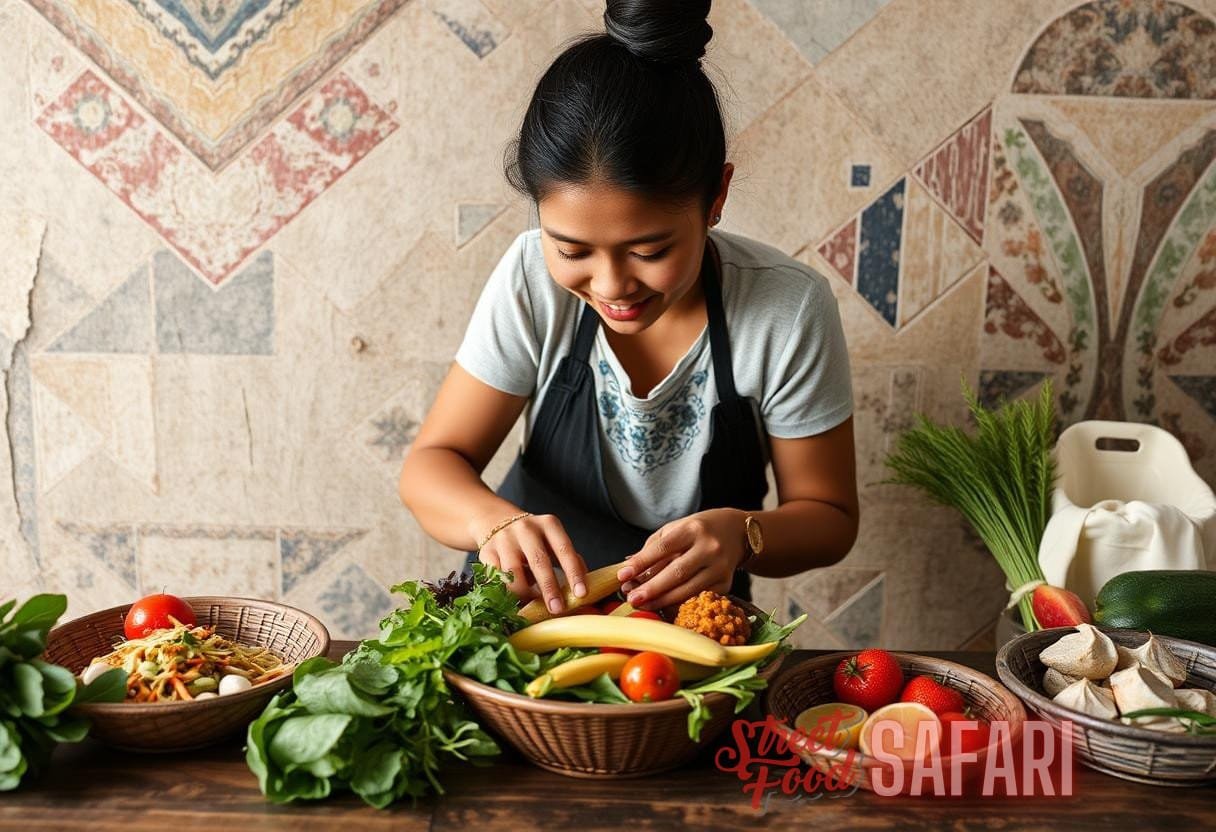Global Palate Exploration: A Scientific Guide to Culinary Traditions and Safe Eating Abroad
Culinary travel is an enriching experience that allows one to taste the world, exploring diverse flavors and culinary traditions. However, understanding the principles of culinary travel safety is crucial for every adventurer. This comprehensive guide will navigate through the various culinary traditions, safety measures, and scientific perspectives on food consumption while traveling abroad. By examining these topics thoroughly, you will be equipped with the knowledge necessary for safe and healthy eating experiences worldwide.
Understanding Culinary Traditions
Culinary traditions are deeply rooted in the culture, geography, and history of a region. They signify more than just the food consumed; they embody the lifestyle, beliefs, and communal practices of a community. The study of these traditions helps illuminate the complexity of human societies and their relationship with food.
Regional Variations in Cuisine
Across the globe, cuisines vary drastically based on available ingredients, cultural interactions, and historical developments. Here are some notable regional cuisines:
- Mediterranean Cuisine: Known for its health benefits, this cuisine emphasizes whole grains, fruits, vegetables, and healthy fats. Common countries: Greece, Italy, and Spain.
- Asian Cuisine: Offers a plethora of flavors and techniques, with regions like Southeast Asia featuring bold spices and subtle flavors. Common countries: Thailand, Vietnam, and India.
- Latin American Cuisine: Highlights local ingredients such as corn, beans, and chili, often emphasizing communal eating. Common countries: Mexico, Peru, and Brazil.
- North American Cuisine: A melting pot of traditions, it reflects influences from indigenous cultures, European settlers, and immigrant populations.
Every culinary tradition has unique preparation methods, cooking techniques, and ingredient preferences that reflect its cultural background. By understanding these nuances, travelers can better appreciate the food they encounter.
Case Study: The Influence of Geography on Cuisine
One interesting case study is the influence of geography on the culinary traditions of Japan. Landlocked regions rely more on preserved foods like pickles and dried fish due to limited access to fresh resources, whereas coastal areas focus on fresh seafood and rice dishes. The geographic factors thus dictate the essence of local cuisines and shape the food culture.
The Science of Food Safety While Traveling
When engaging in culinary travel, prioritizing food safety can mitigate health risks. Understanding foodborne pathogens, sanitation practices, and local eating customs can significantly enhance your travel experience. Below is an overview of how to ensure culinary travel safety.
Common Foodborne Pathogens
Foodborne illnesses are prevalent and can ruin a travel experience. Some common pathogens include:
- Salmonella: Often found in undercooked poultry, eggs, and sometimes in fruits and vegetables.
- E. coli: Commonly associated with undercooked beef and contaminated water.
- Norovirus: Highly contagious and often spread through contaminated food, water, or surfaces.
To minimize the risk of exposure, it’s important to practice safe eating habits.
Safe Eating Practices Abroad
Adopting certain practices can promote culinary travel safety:
- Choose Cooked Foods: Whenever possible, opt for well-cooked dishes that are served hot.
- Be Cautious with Street Food: Look for vendors with high turnover and local popularity.
- Drink Bottled or Boiled Water: Avoid tap water and ice made from tap water.
- Wash Fruits and Vegetables: If consuming raw produce, wash them thoroughly or peel them if possible.
By integrating these safe practices into your culinary experiences, you can enhance your overall enjoyment while significantly reducing health risks.
Cultural Etiquette in Dining Practices

Cultural norms and etiquette can greatly affect your dining experience abroad. Understanding these customs reflects respect for the local culture and can enrich your culinary journey.
Dining Etiquette Around the World
Here is a brief overview of dining etiquette in various cultures:
- Asia: In many Asian cultures, it is customary to use chopsticks for eating. Blowing your nose at the table is often frowned upon.
- Middle East: Meals are often communal, and it’s important to use your right hand for eating, as the left hand is considered unclean.
- Europe: There are often specific table manners one must follow, such as keeping hands on the table (not in your lap) and using utensils properly.
Being aware of these cultural nuances can help in establishing positive interactions with locals and offering profound insights into their food culture.
Internal Link Integration
For those looking to learn deeper about culinary traditions and their impact on culture, exploring food history can add a layer of appreciation to your gastronomic adventures. Moreover, understanding health and safety regulations can further aid in planning a safe and enjoyable trip.
Local Ingredients and Sustainability
One aspect of gastronomic tourism is the growing interest in sustainable culinary practices that utilize local ingredients. Sustainable food practices contribute to environmental health and local economies.
The Benefits of Eating Locally
Choosing local ingredients often results in fresher meals and supports local farmers and economies. Additionally, the environmental benefits include:
- Reduced Carbon Footprint: Fewer miles traveled means less greenhouse gas emissions.
- Support for Local Economy: Investing in local producers enhances the community’s livelihood.
- Preservation of Biodiversity: Local eating encourages the use of indigenous crops and traditional farming methods.
Travelers often find that local flavors provide an authenticity to the dishes that can be lacking in generic or mass-produced options.
Utilizing Technology for Culinary Exploration
In the modern age, technology plays a vital role in enhancing the culinary travel experience. Mobile apps, websites, and social media can assist in discovering restaurants, recipes, and local delicacies.
Recommended Apps for Culinary Travelers
Some popular apps include:
- Yelp: For finding reviews of restaurants.
- HappyCow: For finding vegan and vegetarian dining options.
- TripAdvisor: Offers travel reviews, including dining experiences.
These tools help users make educated decisions that align with their preferences while ensuring culinary travel safety.
Conclusion: Embracing Culinary Travel Safety
In conclusion, culinary travel is an adventure filled with flavors, culture, and connection. By understanding and respecting local customs, prioritizing food safety, and appreciating culinary traditions, travelers can navigate the rich culinary landscape of the world. This guide serves as a pathway to make informed choices in your gastronomic travels while ensuring your wellbeing is not compromised. Experiencing cuisine globally not only satisfies hunger but opens doors to understanding and connecting with diverse cultures.



